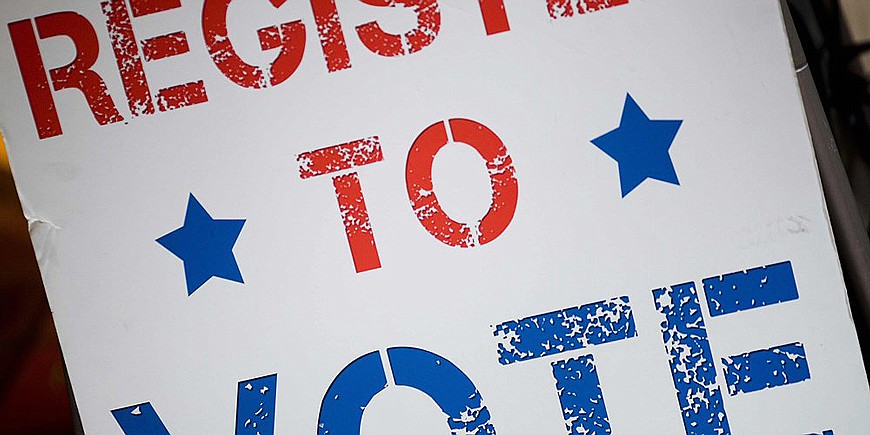- January 7, 2025
-
-
Loading

Loading

There’s a new boss in Florida elections, and this person is neither a Republican nor a Democrat. This person is a registered NPA — a Non-Party Affiliate, or more commonly called: an independent voter.
Take a look at the accompanying table. In Florida, in one year, from April 2017 to April 2018, the period for which the most recent state data is available, NPA registrations were almost two times greater than registrations for Republicans and Democrats combined. What’s more, NPAs now make up 27% of Florida’s registered voters, up from 23% a year ago.
This has been a long-running trend — the rise of the independents. Look at this growth in NPA registrations statewide:
Over the past two decades, in Florida, Manatee and Sarasota counties and nationwide, voters have been expressing disenchantment with the two major parties by going unattached. In 2000, Florida Democrats comprised 44% of registered voters. Today, that percentage is down to 37.1% and continuing to decline. Republicans are faring no better. From 2000 to 2018, registered Republicans comprised 39.5% of registered voters down to 35.2% today.
This flight from the two major political parties has the leaders of the major parties — from the state level down to county and grassroots levels — increasingly concerned.
Even though Republicans are doing a better job than Democrats in our two-county area and statewide registering more voters, the two major parties face similarly difficult challenges. For one, winning an election for state representative or senator is going to take more money and more effort than before. Not only do the candidates need to bring out their core party members to vote, but in many races from now on, to win a candidate must carry the NPAs.
Reaching them, getting them to know the candidates, persuading them with a message and then persuading them actually to vote is much tougher than, say, winning the traditional 65-year-old-and-up Republican and Democrat diehards.
Democrats have it even tougher. In a talk last month in Sarasota to members of the James Madison Institute, Susan McManus, oft-quoted and recently retired professor of political science at the University of South Florida, noted that the rise of identity politics, especially in the Democratic Party, has created worrying challenges for the Democrats.
Case in point, McManus noted the Democratic Party candidates vying for governor. Among the pack are black Tallahassee Mayor Andrew Gillum and former Florida Congresswoman Gwen Graham, daughter of former Florida Gov. Bob Graham.
McManus said polls have shown registered black female Democratic voters favoring Gillum, who is considered a longshot for the nomination. Democratic Party leaders are worried that if Gillum loses the primary to, say, Graham, even though she’s a woman, black females may not vote in the general.
So not only do Democrat candidates face the challenge of winning NPAs, they also must work to draw out their base.
Here’s another challenge for both parties, McManus said: millennials (ages 24 to 40) and Generation Zers (ages 6 to 23).
Not only are large numbers of them registering as NPAs, their consumption of digital media makes them difficult for political candidates to reach. The attack ads on TV and glossy mailers won’t cut it anymore.
But lucky for candidates of the major parties in Sarasota and Manatee counties, it won’t be as tough here as it will be, say, in Florida’s major metro markets. It’s all in the demographics. In Sarasota County, nearly 50% of the population is age 55 and up, and in Manatee County, 40% is age 55 and up. These cohorts are the parties’ diehard voters who still watch cable and network TV.
No matter what, though, to win, you have to win the NPA, the new boss of Florida politics.